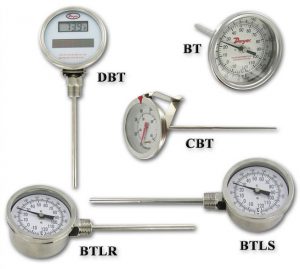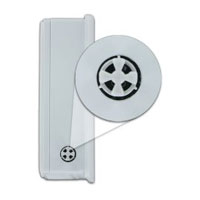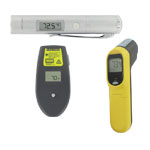
Dwyer offers several temperature measuring products that use infrared sensors as the sensing element.
Infrared Thermometers infer the temperature of an object by measuring the infrared thermal radiation emitted from the object. Objects at thermal equilibrium must balance the energy that is entering the object with the energy that is leaving the object. Often, the energy leaving the object is emitted as electromagnetic radiation. Continue reading “Infrared Thermometers”

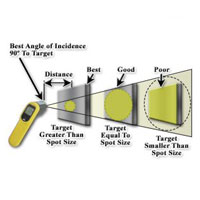

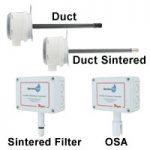

 The Internet of Things (IoT) is the concept of creating a large network of devices that all interact with each other to ultimately change the way we live and work. By connecting our phones, cars, and other devices to this network and linking them together with shared data/services, we have the potential to revolutionize the way we do everyday tasks. This innovation is at the root of ideas like autonomous vehicles and smart cities that improve efficiency and simplify complicated systems. From an industrial standpoint, the IoT can be applied anywhere from the factory to agricultural fields and offers the opportunity to place all the steps in a process onto an automated course held together by the overarching Internet.
The Internet of Things (IoT) is the concept of creating a large network of devices that all interact with each other to ultimately change the way we live and work. By connecting our phones, cars, and other devices to this network and linking them together with shared data/services, we have the potential to revolutionize the way we do everyday tasks. This innovation is at the root of ideas like autonomous vehicles and smart cities that improve efficiency and simplify complicated systems. From an industrial standpoint, the IoT can be applied anywhere from the factory to agricultural fields and offers the opportunity to place all the steps in a process onto an automated course held together by the overarching Internet. 
